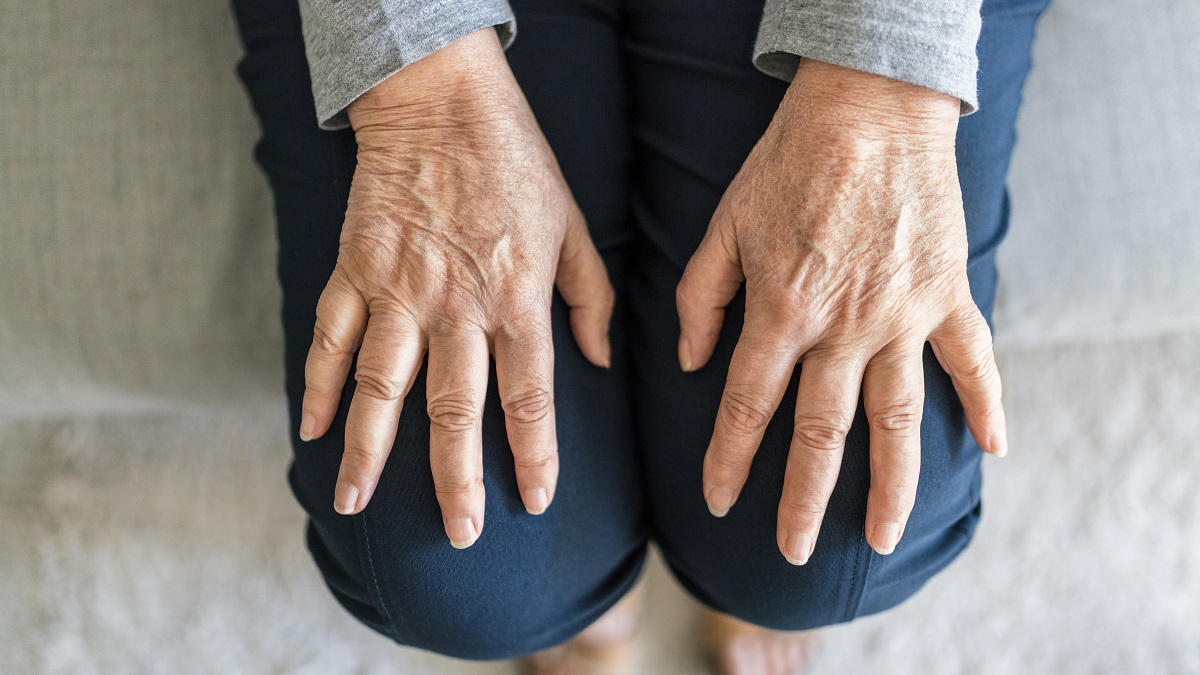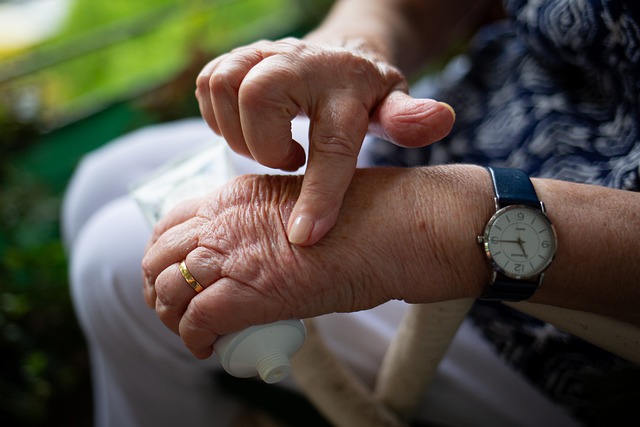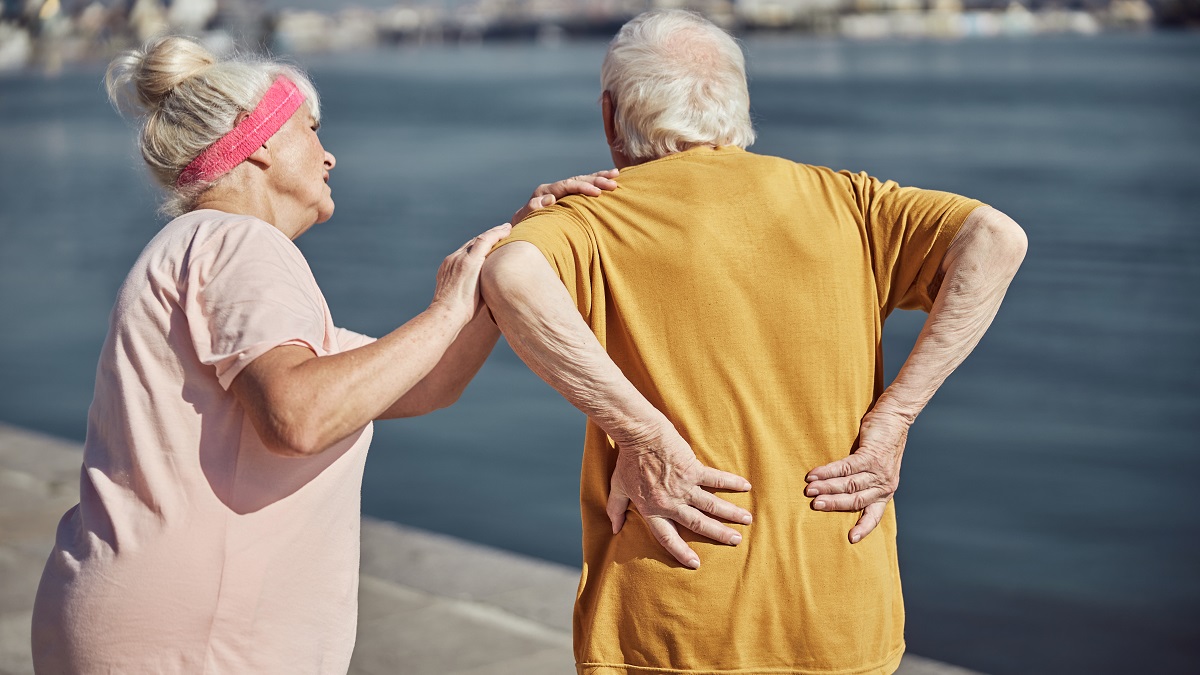In 2007, arthritis and conditions related to it cost the U.S. economy almost $128 billion in medical care and indirect expenses. The most widespread form of arthritis is osteoarthritis, which is sometimes called “wear and tear” arthritis.
Osteoarthritis is characterized by the chronic degeneration of the cartilage that cushions our joints. This cartilage allows for easy, smooth movement. When cartilage is worn away, bone rubs directly on bone, causing pain, stiffness, inflammation, and tenderness. Weight-bearing joints like the hips and knees are often most affected by osteoarthritis.
Click Here to Visit the Store and find Much More….
Although osteoarthritis of the knees and hips can affect nearly anyone, certain populations are more at risk than others.
The 2 largest risk factors for osteoarthritis are age and gender. Women are much more likely to suffer from osteoarthritis, and they are more apt to develop this disease after age 45. However, before age 45, men are more likely than women to have osteoarthritis. Other risk factors include obesity, past injuries, or a job with repetitive actions or a lot of lifting.
Early warning signs of osteoarthritis of the knees or hips include stiffness or swelling. Among those whose X-rays show osteoarthritic degeneration, only about 1 in 3 report feeling pain. Those who do experience pain might only feel it after physical activity, and pain might fade during rest. Patients might also experience the sensation of bone rubbing on bone or hear a crunching or popping sound during movement. In extreme cases, the sound of bone rubbing across bone can even be audible to the people surrounding the patient.
If the knee joints have degenerated as a result of osteoarthritis, it may become difficult to walk, climb stairs, or get in and out of chairs, cars, or bathtubs. When the hips are affected by osteoarthritis, movement can be even more severely limited. Bending may become difficult, and everyday activities like dressing or putting on shoes can become a challenge. Osteoarthritis pain from the hip joints might even be experienced in the inner thigh, buttocks, groin, or knees.
If osteoarthritis of the knees and hips is significantly advanced and causing a serious decline in a patient’s quality of life, joint replacement surgery is sometimes suggested. Both knee and hip joints can be partially replaced or, if the degeneration is significant enough, completely replaced. During this surgery, the damaged joint will be cut away and a prosthetic joint made of plastic, metal, or ceramic will be installed. Although highly invasive, joint replacement is successful at reducing pain in 90% of patients. However, there is a risk that the artificial joint might eventually become loose or worn out.
There are several non-invasive treatments to consider for osteoarthritis pain before pursuing a more invasive joint replacement.
Often, actions as simple as resting the affected joint can provide relief. Weight loss can be extremely helpful, especially with knee osteoarthritis, since every pound of weight lost removes approximately 3 to 6 pounds of pressure from the knee joints.
Stiffness from osteoarthritis can be relieved by the application of heat, while pain or muscle spasms from osteoarthritis can be alleviated by cold. Over-the-counter pain creams can also be helpful. Assistive devices, such as a cane or walker, can help remove some of the burden from degenerated joints.
Though exercising while suffering from osteoarthritis may seem counterintuitive, it can be very beneficial.
Click Here to Visit the Store and find Much More….
Exercises for people with osteoarthritis should be gentle and low-impact. For example, easy stretches can relieve stiffness. Aerobic exercises like walking can help keep off excess weight, which will reduce strain on joints affected by osteoarthritis. Strong muscles from strengthening exercises can help support and protect joints.
However, overexertion during exercise can exacerbate osteoarthritis pain. Therefore, osteoarthritis sufferers should introduce activity gradually and pay attention to the body’s fatigue signals.
If a person is still experiencing osteoarthritis pain, medications can be helpful.
Oral opioids can block pain signals, but extended use carries the risk of dependency. Non-steroidal anti-inflammatory medications (nsaids) work by reducing inflammation around the joints, which can be very effective for reducing discomfort and alleviating pain.
Some injected medications also reduce osteoarthritis pain. Nerve block injections are injected into the nerves of the painful area. These injections include a local anesthetic, such as lidocaine, and often include a corticosteroid to reduce inflammation as well. Another treatment designed to benefit the nerves is radiofrequency ablation (RFA). During RFA, radiofrequency heat is applied to the nerves to cause the formation of a lesion that can stop pain signals.
Other non-invasive treatments for osteoarthritis of the knees and hips include acupuncture or transcutaneous electrical nerve stimulation (TENS). Acupuncture is the insertion of small needles to block the transmission of pain signals along the nerves. TENS includes the placement of a cap or small pads on the body, through which a slight electrical charge is transmitted to interfere with pain signals.
Bio-medical products can provide more non-surgical options for treating osteoarthritis of the knees and hips. The loss of cartilage in osteoarthritis is often accompanied by the loss of synovial fluid, which is the fluid that encapsulates joints. During a procedure called visco-supplementation, hyaluronate bio-medical fluid is injected into the joint to replace lost synovial fluid. This procedure has proved effective in relieving osteoarthritis pain in the knee joint, but no studies have been carried out to test the potential benefits of visco-supplementation for treatment of osteoarthritic hip pain.
If non-surgical methods fail to alleviate osteoarthritis pain, the patient should discuss the possibility of joint replacement with his or her physician. If the surgery is performed, the person should be sure to take his or her physician’s advice after the procedure. Physical therapy is necessary to help the person regain full mobility and avoid pain. Additionally, lifestyle changes like weight loss or abstinence from alcohol or tobacco use can benefit the recovery process.

Click Here to Visit the Store and find Much More….
For More Information Related to Fibromyalgia Visit below sites:
References:
Fibromyalgia Contact Us Directly
Click here to Contact us Directly on Inbox
Official Fibromyalgia Blogs
Click here to Get the latest Chronic illness Updates
Fibromyalgia Stores


